This article is printed with the permission of Tom Severin, International 4-Wheel Drive Trainers Association© certified professional 4WD Trainer and a Wilderness First Responder (WFR). He is an instructor for the United Four Wheel Drive Associations (UFWDA) and the California Association of 4WD Clubs. His company, Badlands Off-Road Adventures, based in southern California, offers 4WD training and 4WD guided tours. He has trained hundreds of students, including the Orange County (CA) Sheriff’s Department, the Gas Company, the National Park Service, the US Marine Corps and TAP.
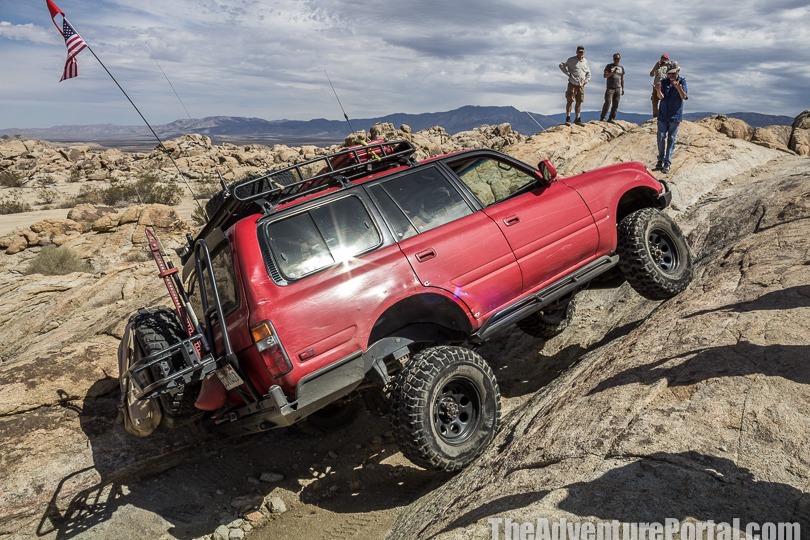
Four wheeling naturally involves an orderly process. Driving through difficult terrain far from home is demanding on drivers and their vehicles. Just like driving on roads, you need a lot of hours behind the wheel to become adept off-road. Many of my articles are dedicated to reviewing various aspects of four wheeling. This article reviews several more important fundamentals that can be helpful if you are just starting four wheeling.
1. Be able to shift into and out of 4L (4 low) properly. It’s easy to forget this step while maneuvering through rough terrain. It’s quite simple, but you can mess up your transfer box pretty good if you don’t follow this suggestion.
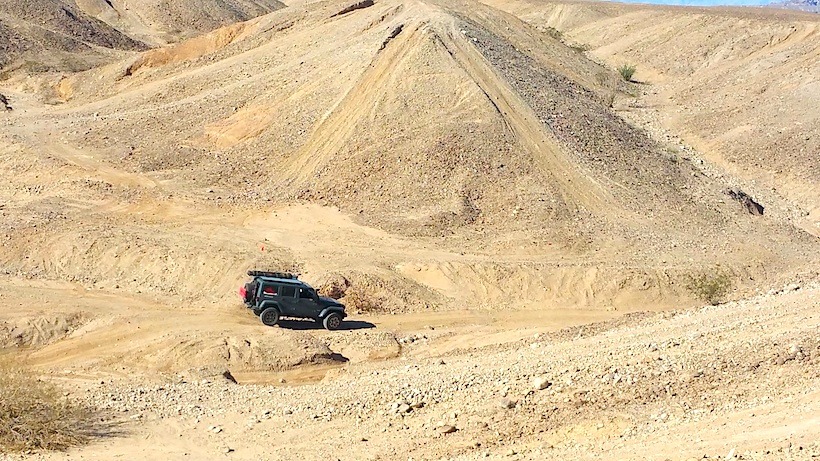
Bring your vehicle to a stop (or near stop), and shift the transmission into neutral. Then you can safely and easily shift into 4L. Shift the transmission back into drive, and continue on. Repeat when you need to shift out of 4L. Most of the newer vehicles with electronic selection of 4 low will let you turn the knob but it will not be in 4 low unless you start with the transmission in neutral. If you overlook the flashing light on the dash and press on thinking you are in 4L, you will likely get stuck. Those vehicles with levers will grind or be extremely difficult if not impossible to engage into 4L. Unless you have a classic “collectors” vintage 4-wheel drive vehicle with the older all-gear transfer case, I would take it back to the dealer if you cannot shift into 4 low from a dead stop. If you get stuck while driving in 4 high (like sand dunes), many times you can drive out by shifting to 4 low. Then you have enough power to turn the wheels. You are stuck, so moving the vehicle as a requirement to shift into 4 low is not an option! Electronic shifting transfer cases may need a bit of movement to engage. Hopefully on your vehicle that requires just that slight bump you get to shift from neutral to drive.
One side note: You can shift from 2 wheel drive (2H) to 4 High and back again “on the fly.” This means you can shift while driving at any speed. I have done it at 70 MPH with no ill effect. Check your owner’s manual for their suggestion on the top speed – most likely 50 MPH. Vehicles are getting more and more complicated and there may be a reason to limit the top speed for shifting on the fly.
2. Know your vehicle’s lowest points of clearance. As you approach obstacles, paint a mental picture of your vehicle’s low points. Use that knowledge to navigate around (or over) the obstacles without getting hung up. We recommend picking the 3 lowest spots on the front axle and the 3 lowest on the rear axle. You can do more but it becomes difficult to process it all in real-time. Whether you have solid axles front and rear or independent front suspension makes a difference.
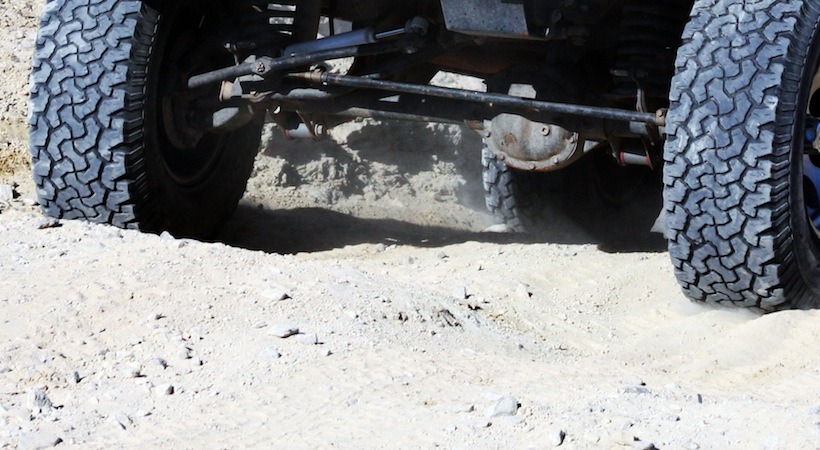
On a solid axle, the lowest point is the bottom of the differential. That’s usually only 9 inches off the ground. The front differential also gives you a low point, but it’s not in line with the rear differential. Note which side it is on. The other low points (front and back) are the shock mounts or control arms that hold the axle into position.
In an independent front suspension vehicle, the back is the same as with a solid axle. However, up-front the lowest points are just inside each wheel. The center of the vehicle is pretty flat and doesn’t present any low points. But don’t line up the center in front with a 12″ rock. The rear diff with not clear it.
3. Know where your front wheels are. Most drivers have a pretty good idea of where the left tire is, but are usually off a foot or two regarding the right. It is critical while off-road that you can place your tires exactly on the obstacle as you planned even when the obstacle disappears into your blind spot.
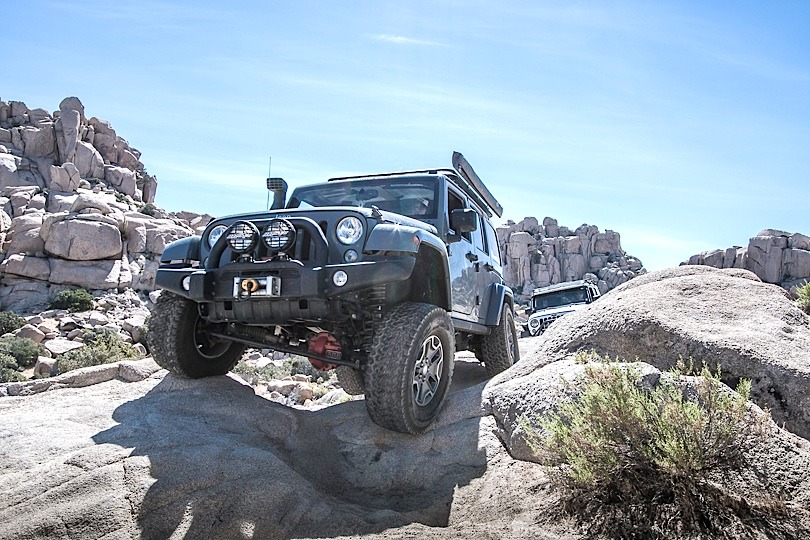
Have someone place their hand on the front face of the right front tire and lift it straight up until you can see where that point is on the hood. It can be helpful, too, if they locate the center line of the tire and show you the point on the hood that is the intersection of the centerline and front face of the tire. Remember the spots.
If you are really having difficulty remembering the spot, you can put “training wheels” on (so to speak). Get a small telescoping magnet from the auto store and put the magnet on the spot with the handle straight up. Then practice, practice, practice until you can place the front tires exactly where you want – almost every time.
4. Know where your blind spots are. Speaking of blind spots, the most important one is out front. On average, the front blind spot extends about 17 feet from the face of your left front tire. (Add 12 to 18 inches more distance for the right tire.) You can reduce this distance as much as 3 to 5 feet by doing what I call “active” looking. That means leaning forward as much as possible and stretching your neck out.
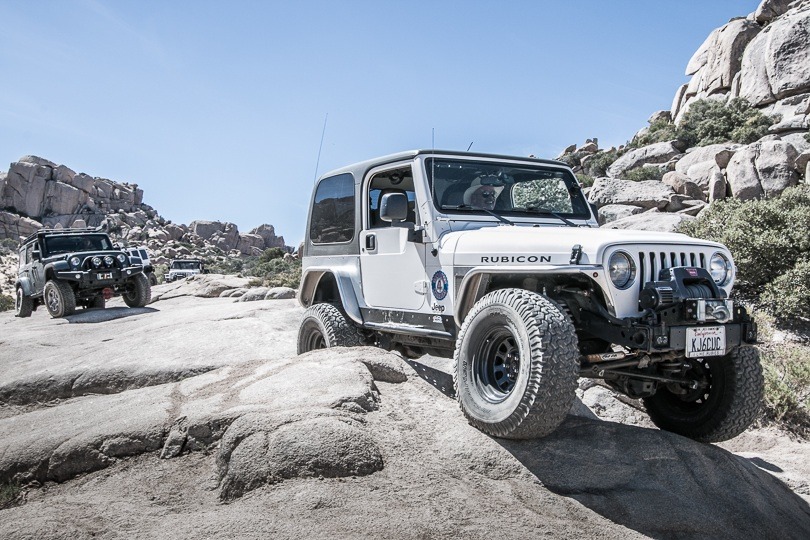
Three factors influence the size of the blind spot: how tall you are, how your seat is positioned, and the design of your vehicle. You cannot do much about the vehicle design or your height, but you can change the seat. Lift it up and bring the seat back forward. If your seat does not have adjustments for height, have the seat mounts modified to permanently raise it a few inches.
Remember that as you approach a rock, it will eventually enter your blind spot. Now you see (no pun intended) why it’s useful to know where your tires are, as well as your low points.
5. Throttle control while in 4 low. The first time in low range, a driver’s instinct is to push the accelerator like you normally do. Low range has a lot of torque and power so this causes the vehicle to leap forward. The driver backs off on the gas. Due to the low gearing, the vehicle slows down immediately – too slow now. The driver hits the gas again, with the result being a jerky motion.
For 4 wheel drive, you need a nice, smooth throttle. Remind yourself that when in 4L, apply lighter pressure to the accelerator. Over time you’ll educate your right leg. For more on the effect of a smooth throttle (or lack of), see the article on “Cobblestone“.
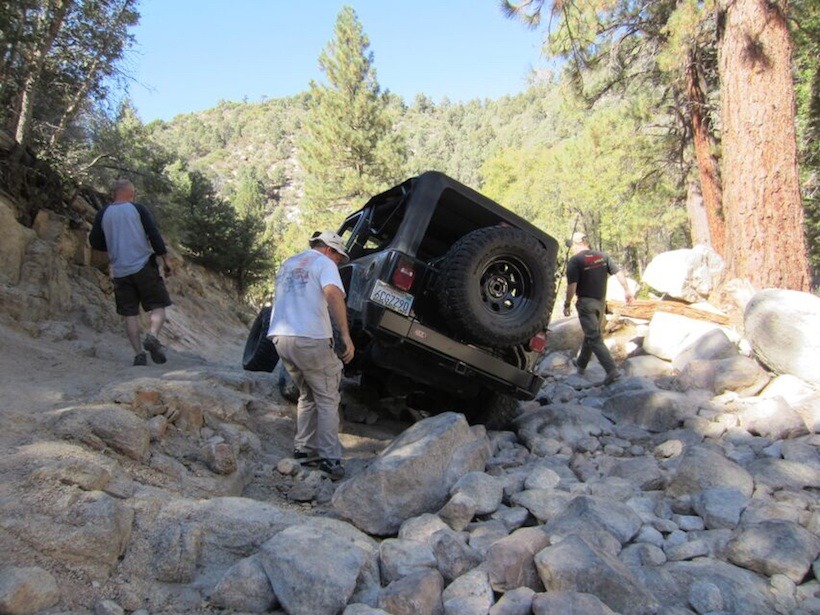
6. Calculate you fuel usage. Because your mileage drops while off road, especially in 4L, it’s good to calculate your off-road fuel mileage. You’ll find that mileage drops anywhere from 2 to 5 mpg while off-road. Of course, that affects your range based on the fuel in your vehicle’s tank. But remember you also bring along a spare fuel can. (You do, don’t you?!) Assume you bring a 5 gal gas can. At 10 mpg, that gas will get you 50 miles. At 15 mpg, you’ll go for 75 miles, and so forth.
Compute Off-Road Mileage: Fuel up as close to the trail head as possible. Gas up again afterward, and calculate your fuel mileage. Your off-road driving involved a combination of 4L and 4H, but at least you’ll have a reasonable average to work with later. Sounds to me like a legitimate reason for a day of 4-wheeling. “Dear, I am going 4-wheeling. Tom says I have to compute my off-road mileage. I don’t want to risk your and the kids’ safety by running out of gas.”
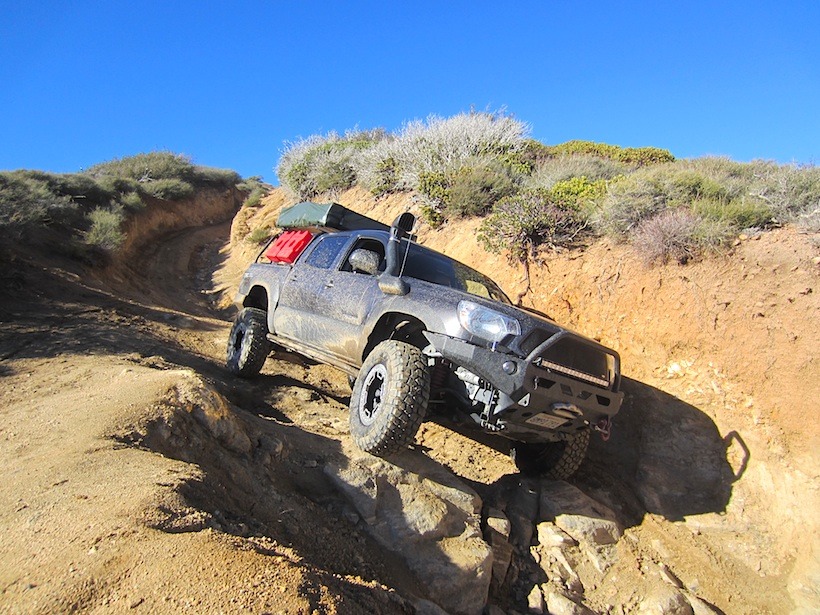
7. Rehearse your contingency steps. Many obstacles require you to get out of the vehicle and recon (look at / walk) the terrain. That is how you avoid falling off a cliff you can’t see from behind the wheel. It gives you more time to plan the line you want to take and asses the risks. Add to that planning what steps you will take if results on the ground do not go as planned. If you plant it in your mind in advance the specific skills you will use on this obstacle, you can react quickly. My favorite contingency is – stop, back out (if you can) and recon again.
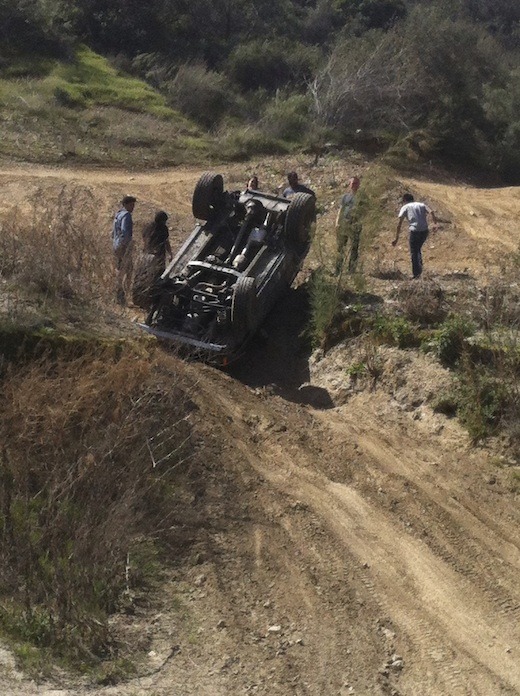
Another example: You are looking down a steep, off camber, rutted slope. It appears to have good traction, but you’re concerned that your wheels might slide. If so, you’d turn sideways and roll over. If you still feel the risk is not high enough to turn around, your contingency plan might be: If the wheels start to slide, I am going to let up on the foot brake pressure. If the wheels are still sliding, I’ll power up enough to gain control and take any lumps from hitting the bottom too fast.
At first glance, these tips may appear daunting. You probably wonder how you’ll remember it all, especially the vehicle’s low points. Over time these will become second nature. As you drive a trail, your brain will work through the various processes and steps, and you will automatically perform these steps. The result will be a more enjoyable off-road experience.
Click here for more information about upcoming training clinics and trips offered by Tom at Badlands Off-Road Adventures
photos courtesy of:
Bernard Leitner of Leitner Designs
Tom Severin
The Adventure Portal







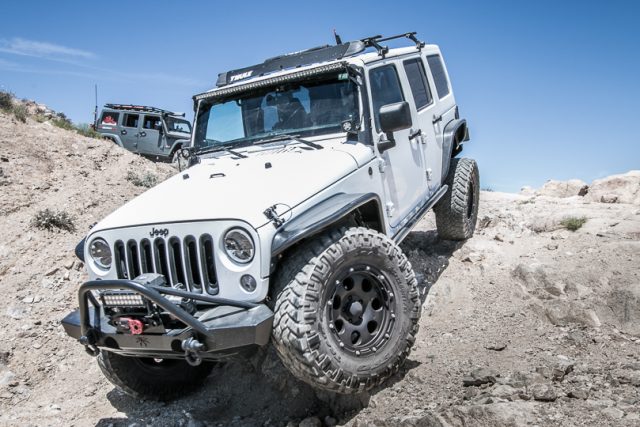








I would like one of your decals for my rig. How can I get one?
You can get our decals at www.theadventureportal.com/shop/